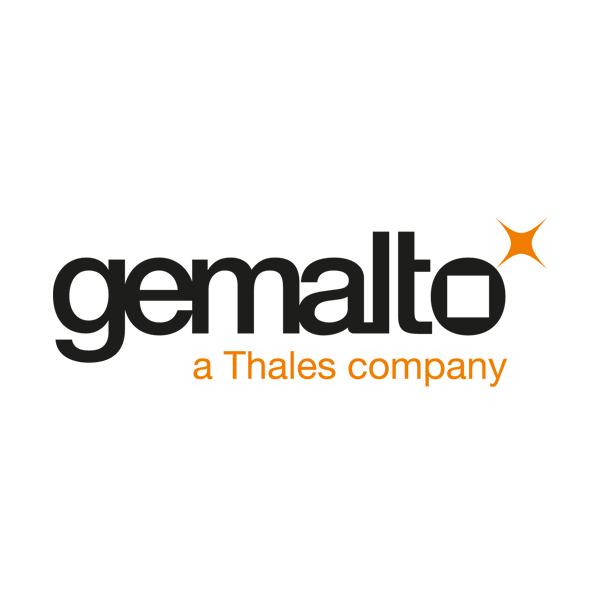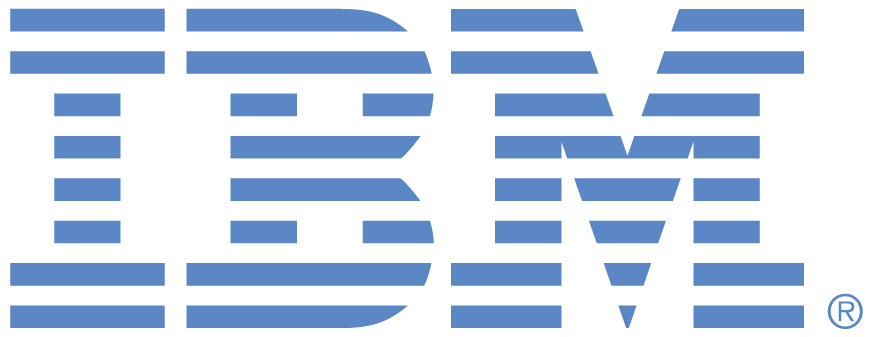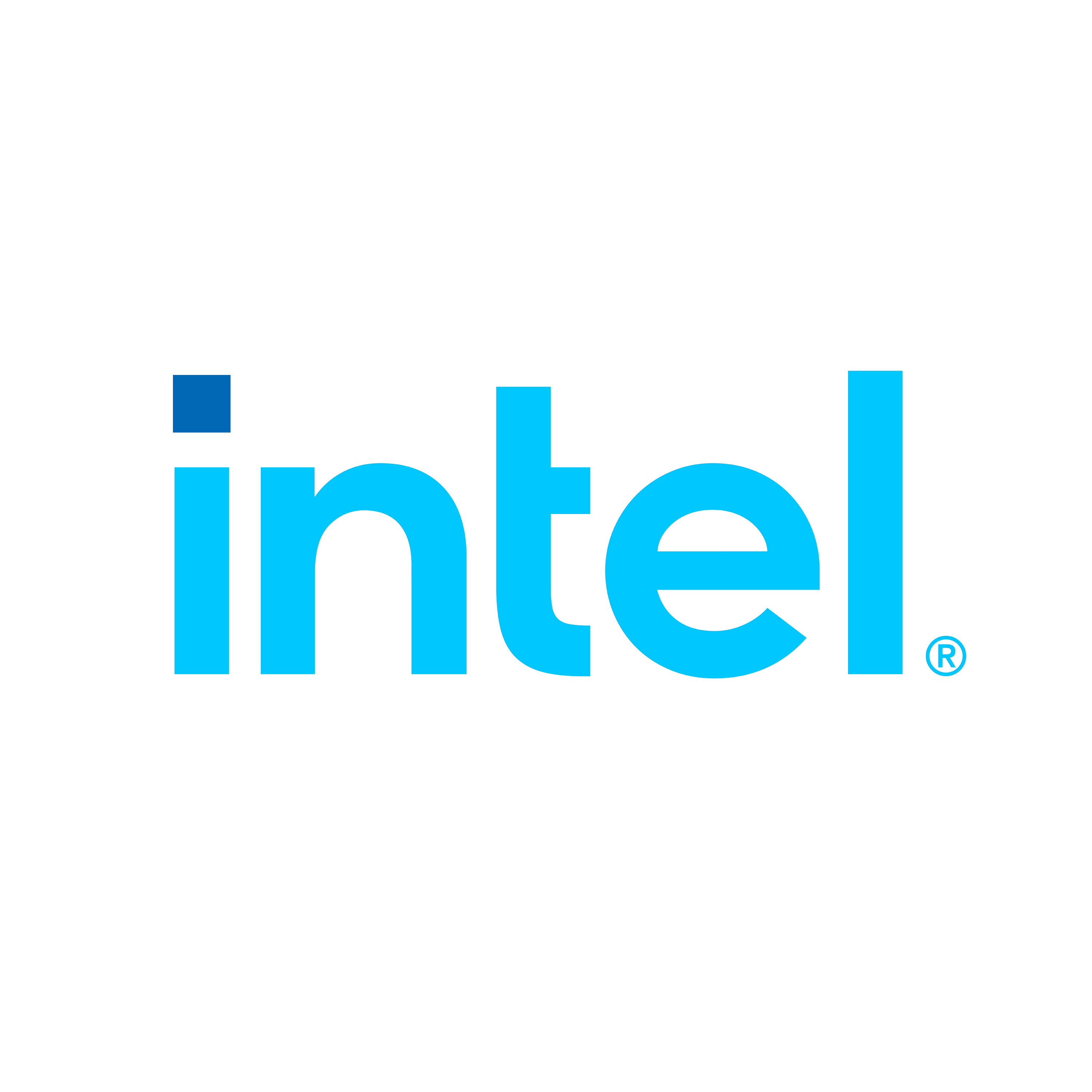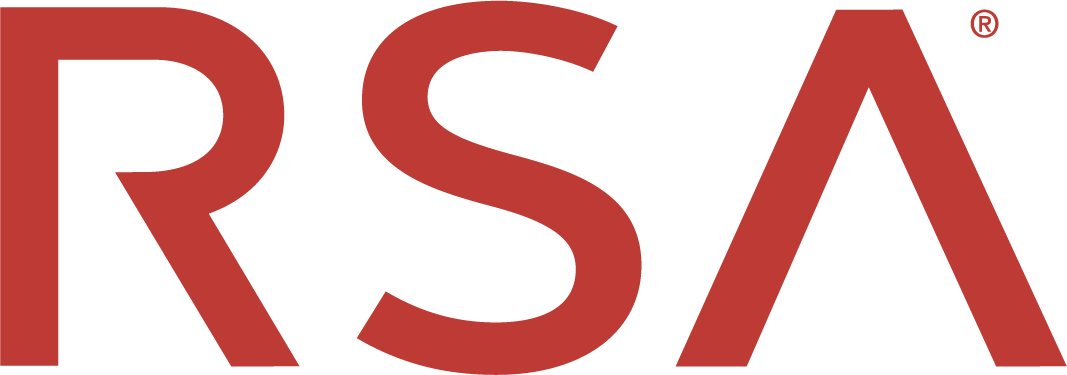NIST SPECIAL PUBLICATION 1800-19A
Trusted Cloud:
Security Practice Guide for VMware Hybrid Cloud Infrastructure as a Service (IaaS) Environments
Volume A:
Executive Summary
Donna Dodson*
NIST
Daniel Carroll
Dell/EMC
Gina Scinta
Gemalto
Hemma Prafullchandra*
HyTrust
Harmeet Singh
IBM
Raghuram Yeluri
Intel
Tim Shea
RSA
Carlos Phoenix
VMware
*Former employee; all work for this publication done while at employer
April 2022
FINAL
This publication is available free of charge from https://doi.org/10.6028/NIST.SP.1800-19
The draft publication is available free of charge from https://www.nccoe.nist.gov/publications/practice-guide/trusted-cloud-vmware-hybrid-cloud-iaas-environments-nist-sp-1800-19-draft

Executive Summary¶
Organizations can take advantage of cloud services to increase their security, privacy, efficiency, responsiveness, innovation, and competitiveness. The core concerns about cloud technology adoption are protecting information and virtual assets in the cloud and having sufficient visibility to conduct oversight and ensure compliance with applicable laws and business practices. This National Institute of Standards and Technology (NIST) Cybersecurity Practice Guide demonstrates how organizations can address these concerns by implementing what are known as trusted compute pools. Through these pools, organizations can safeguard the security and privacy of their applications and data being run within a cloud or being transferred between a private cloud and a hybrid or public cloud.
Challenge¶
In cloud environments, workloads are constantly being spun up, scaled out, moved around, and shut down. Organizations often find adopting cloud technologies is not a good business proposition because they encounter one or more of the following issues:
Cannot maintain consistent security and privacy protections for information—applications, data, and related metadata—across platforms, even for a single class of information.
Do not have the flexibility to be able to dictate how different information is protected, such as providing stronger protection for more sensitive information in a multi-tenancy environment.
Cannot retain visibility into how their information is protected to ensure consistent compliance with legal and business requirements.
Many organizations, especially those in regulated sectors like finance and healthcare, face additional challenges because security and privacy laws vary around the world. Laws for protecting information the organization collects, processes, transmits, or stores may vary depending on whose information it is, what kind of information it is, and where it is located. Cloud technologies may silently move an organization’s data from one jurisdiction to another. Because laws in some jurisdictions may conflict with an organization’s own policies or the laws in another jurisdiction, an organization may decide it needs to restrict which on-premises private or hybrid/public cloud servers it uses based on their geolocations to avoid compliance issues.
This practice guide can help your organization: |
|---|
|
Solution¶
Organizations need to be able to monitor, track, apply, and enforce their security and privacy policies on their cloud workloads based on business requirements in a consistent, repeatable, and automated way. Building on previous NIST work documented in NIST Internal Report (IR) 7904, Trusted Geolocation in the Cloud: Proof of Concept Implementation, the National Cybersecurity Center of Excellence (NCCoE) has developed a trusted cloud solution that demonstrates how trusted compute pools leveraging hardware roots of trust can provide the necessary security capabilities. These capabilities not only provide assurance that cloud workloads are running on trusted hardware and in a trusted geolocation or logical boundary, but also improve the protections for the data in the workloads and data flows between workloads.
The example solution uses technologies and security capabilities (shown below) from our project collaborators. The technologies used in the solution support security and privacy standards and guidelines including the NIST Cybersecurity Framework, among others.
Collaborator |
Security Capability or Component |
|---|---|
Server, storage, and networking hardware |
|
Hardware security module (HSM) for storing keys |
|
Asset tag and policy enforcement, workload and storage encryption, and data scanning |
|
Public cloud environment with IBM-provisioned servers |
|
Intel processors in the Dell EMC servers |
|
Multifactor authentication, network traffic monitoring, and dashboard and reporting |
|
Compute, storage, and network virtualization capabilities |
While the NCCoE used a suite of commercial products to address this challenge, this guide does not endorse these particular products, nor does it guarantee compliance with any regulatory initiatives. Your organization’s information security experts should identify the products that will best integrate with your existing tools and IT system infrastructure. Your organization can adopt this solution or one that adheres to these guidelines in whole, or you can use this guide as a starting point for tailoring and implementing parts of a solution.
How To Use This Guide¶
Depending on your role in your organization, you might use this guide in different ways:
Business decision makers, including chief information security and technology officers can use this part of the guide, NIST SP 1800-19A: Executive Summary, to understand the drivers for the guide, the cybersecurity challenge we address, our approach to solving this challenge, and how the solution could benefit your organization.
Technology, security, and privacy program managers who are concerned with how to identify, understand, assess, and mitigate risk can use NIST SP 1800-19B: Approach, Architecture, and Security Characteristics, which describes what we built and why, including the risk analysis performed and the security/privacy control mappings.
IT professionals who want to implement an approach like this can make use of NIST SP 1800-19C: How-To Guides, which provides specific product installation, configuration, and integration instructions for building the example implementation, allowing you to replicate all or parts of this project.
Collaborators¶
Collaborators participating in this project submitted their capabilities in response to an open call in the Federal Register for all sources of relevant security capabilities from academia and industry (vendors and integrators). Those respondents with relevant capabilities or product components signed a Cooperative Research and Development Agreement (CRADA) to collaborate with NIST in a consortium to build this example solution.
Certain commercial entities, equipment, products, or materials may be identified by name or company logo or other insignia in order to acknowledge their participation in this collaboration or to describe an experimental procedure or concept adequately. Such identification is not intended to imply special status or relationship with NIST or recommendation or endorsement by NIST or NCCoE; neither is it intended to imply that the entities, equipment, products, or materials are necessarily the best available for the purpose.






